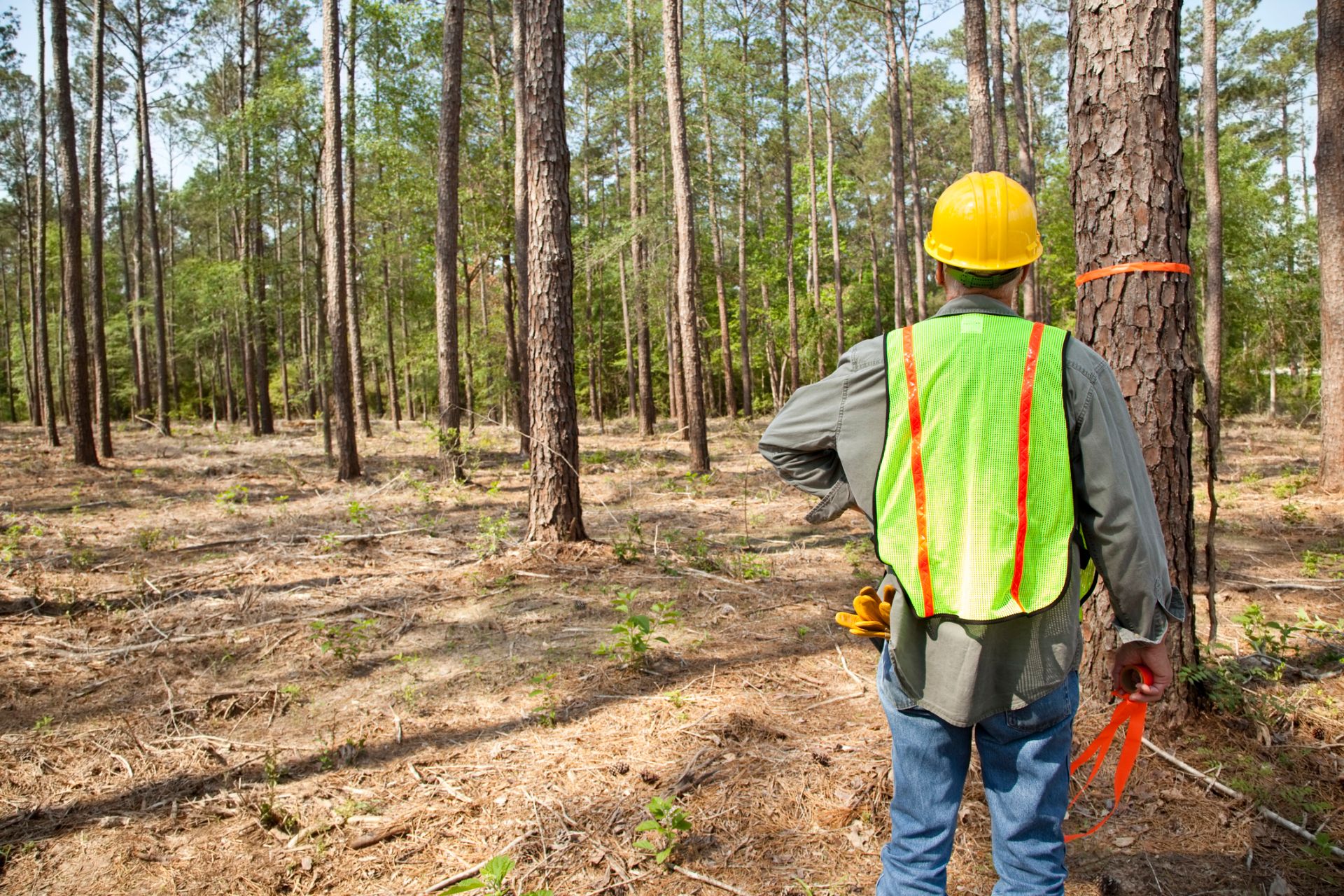Blog Post
7 Tree Maintenance Tips for Springtime
Admin • Apr 28, 2022

Spring is a season for growth and the best time to give your trees extra attention. As your trees recover from the winter cold, you likely want them to be healthy enough to thrive in the spring weather. If you are unsure of how best to care for your trees during springtime, you have come to the right place. Discover seven tree maintenance tips for springtime.
1. Clean Up Weeds and Debris
Most people don’t like cleaning the yard during winter. Thus, lots of weeds and debris may accumulate on your planting beds and around your trees. Weeds deprive your trees of water and necessary nutrients, thus affecting their growth. On the other hand, debris makes a good hiding place for rodents that may gnaw on your trees. Ensure you clear out all weeds and debris from your trees to promote their well-being.
2. Do a General Health Check on Your Trees
Winter weather is tough on trees, and sometimes, it may affect their health. Look out for any injuries from the sleet and snow on your trees. Injuries may manifest as browning due to cold burns, dead wood, and lesions on the bark or leaves. An arborist can inspect your trees and recommend the appropriate solution for injuries.
3. Add Mulch
Mulch acts as a protective layer that helps your trees retain moisture and prevents weed growth. Mulching also promotes soil health by adding organic matter to the soil and keeping the soil from drying out. Avoid laying mulch against the tree trunks when mulching as it may retain too much moisture, causing the tree to rot.
4. Water Your Trees
Although spring is a rainy season, your trees may dry out as the weather gets progressively warmer. Therefore, ensure you water your trees throughout springtime. How to water your trees depends on their age.
Water your young trees closer to the trunk because their young roots have not yet spread out. But for older trees, point your hose or sprinklers beyond the edge of the canopy to ensure their roots get enough water and protect your trees from diseases.
5. Check for Pests
Pests can bring diseases to your trees, and unfortunately, after winter, your trees may have a lot of them. Inspect your trees for bugs, and remove smaller ones such as caterpillars yourself. If the infestation on your trees is extensive, call a tree care company and have them eliminate the bugs and treat your trees to ensure the infestation does not recur.
6. Fertilize Your Trees
Spring is a good time to fertilize your trees because they are growing. Fertilizing your trees helps them be more resistant to pests and diseases and allows them to absorb nutrients to sustain them during the fall. Apply fertilizer along the drip lines of your trees, the area with most of the roots. Additionally, dig 12- to 18-inch
holes along the drip lines and pour the fertilizer inside them, then water your trees to ensure they absorb the fertilizer faster.
7. Plant New Trees
Spring can be a great time of the year to plant trees, especially if you live in a colder area. Plant new trees early on in the spring season as the ground thaws when digging is easier. Planting new trees during spring allows them to take roots, increasing their chances of surviving the fall. However, not all tree species thrive in spring. Consult an arborist before planting a new tree.
While you can do a lot of tree care yourself, services such as pruning, tree removal, and mulching are best done by a tree care professional. Contact us
today for professional tree services to give your trees the best care they can get.
Location
Payment Options

Contact Us
Thank you for contacting us.
We will get back to you as soon as possible.
We will get back to you as soon as possible.
Oops, there was an error sending your message.
Please try again later.
Please try again later.
Content, including images, displayed on this website is protected by copyright laws. Downloading, republication, retransmission or reproduction of content on this website is strictly prohibited. Terms of Use
| Privacy Policy
